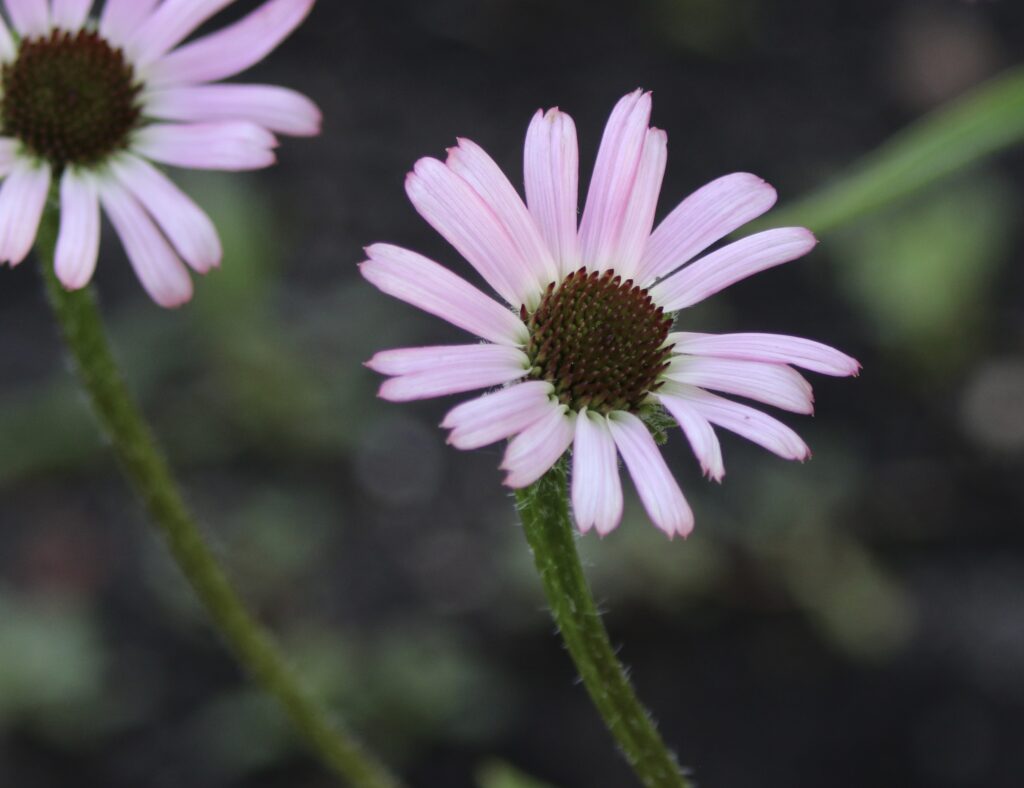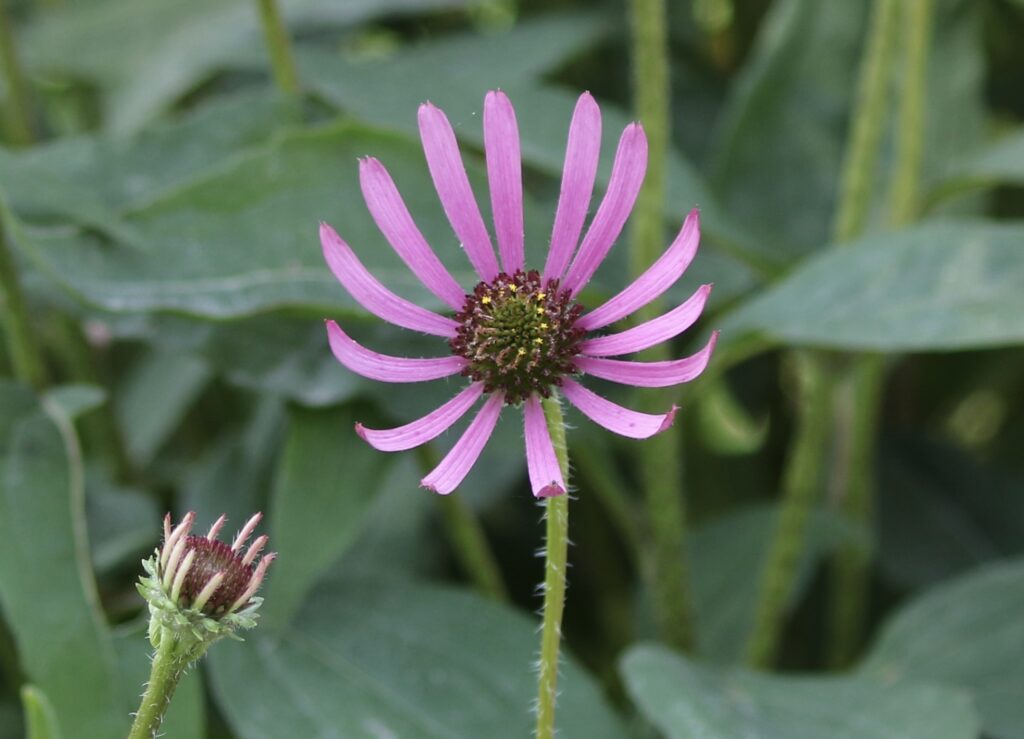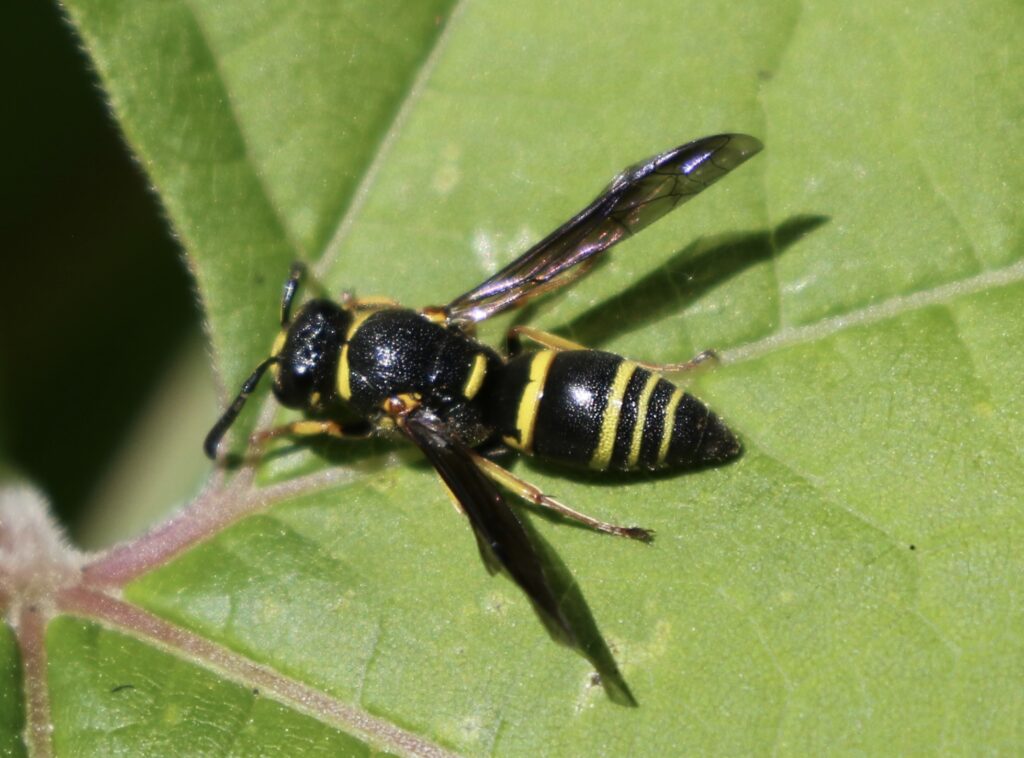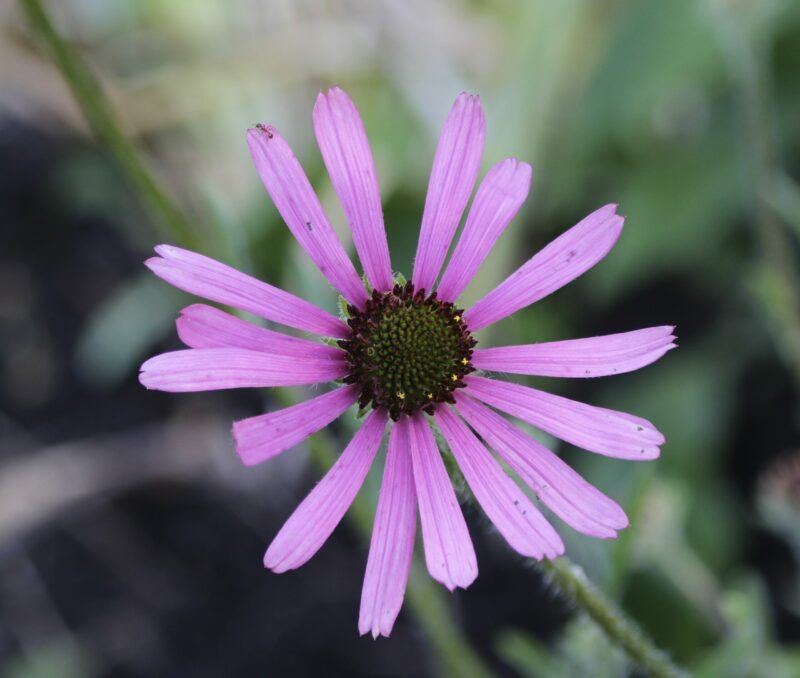I first read about Tennessee Coneflower (Echinacea tennesseensis) in the catalogue I get every year from Salt Spring Seeds on Vancouver Island. The notice described it as a rare and uncommonly attractive wildflower that was thought to be extinct until 1968, when researchers discovered a surviving pocket in a cedar glade in central Tennessee.
Tennessee Coneflower then spent 32 years on the U.S. Endangered Species List. Thanks to conservation efforts led by the Nature Conservancy and the State of Tennessee, this wildflower was finally removed from the list in 2011 and is now available to home gardeners through a number of seed houses.
I thought that any wildflower with such a compelling history—a real survival story—was one I had to have for my own garden. So I ordered a packet of the seeds, and thus began a saga of failure that endured for three years.
Year 1: I planted the coneflower seeds at the same time, in the same flat, and in the same way as those for my tomatoes and peppers, pushing them into the soil and covering them up. In two weeks, the tomato seedlings appeared; in two more weeks, the peppers popped up; but the coneflowers stubbornly refused to sprout.
Year 2: I bought another packet of seeds, but instead of burying them, I laid them on top of the soil and watered them there. My reasoning ran so: If they won’t sprout underground, maybe the seeds need light to germinate. Once again, not a single seed sprouted. They stayed in place until they rotted away.
Year 3: This time, before planting the seeds, I read Carole B. Turner’s book on Seed Sowing and Saving. There I found a two-page spread devoted to Purple Coneflowers. I learned that coneflower seeds, like many in the Daisy family, will not sprout unless they’ve been stratified, or thoroughly chilled, first.
For coneflowers, the stratification process is simple. First, fill a pot with soil and plant several seeds about 1/8” deep. Then put the pot in a plastic bag and place it in the fridge for at least four weeks. This will chill the seeds and make them feel that they’ve endured their customary winter slumber. When you take the pot out and place it by a sunny window, the seeds will warm up, their shells soften, and the germ within will sprout.
I followed the directions to a T, et voila! Success! By the end of July, I had a dozen strong seedlings that I could replant in two clumps into the pollinator patch in my allotment garden. In year 4, the plants flowered.

Let me tell you about those flowers. For one, the joy they inspired was that much keener for all the years of disappointment that preceded their appearance. When the flower petals first come out, they’re so pale that they verge on white. As they grow and extend themselves, their color deepens to a rich purple that never quite loses an undertone of pink. Contrary to the habits of almost every other coneflower, the petals remain erect rather than drooping down around the plant’s stem. The flower’s central disk is dark brown with occasional highlights in gold and green.

I planted one clump of Tennessee Coneflower by a stand of Spotted Joe Pye Weed, whose stems grow almost two meters tall, and whose soft, frothy, rose-purple flowers harmonize well with those of the coneflower. I’ve also found that Tennessee Coneflower works well with either wild or cultivated varieties of Bee Balm (Monarda spp.).

One final recommendation: this wildflower acts as a pollinator magnet. It attracts several species of butterflies and native bees and some of the most strikingly beautiful flower-visiting wasps in North America.


What an interesting journey to produce these beautiful flowers! There is a lovely clump of them at a pollinator garden at Clinton and Bloor (or perhaps they are a different type of coneflower).
We are extending our garden at the Tollkeeper’s Cottage due to a City of Toronto grant. You are welcome to visit anytime. The Cottage itself is open on Saturdays from 11:00-5:00 if you’d like an indoor tour. We also have a laminated guide to the garden, although I imagine you have the expertise to identify all the plants we have!
Thank you again for a wonderful read, Ed!